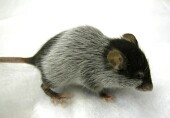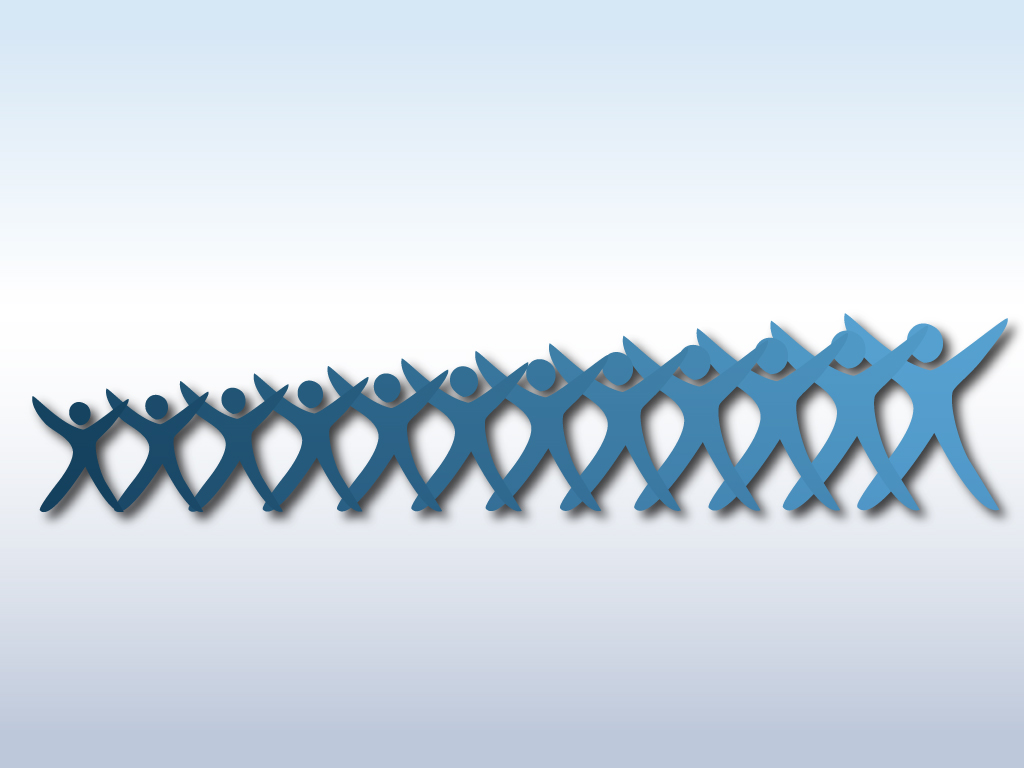
THURSDAY, May 1, 2014 (HealthDay News) — In a new attempt to treat male infertility, animal research shows it may be possible to take stem cells harvested from a man’s skin and coax them into becoming sperm.
This approach to treating azoospermia — a genetically linked inability to produce viable sperm — is still in the initial stages, the study authors cautioned. And success with animals does not always translate into potential human treatments.
However, the research team said that when stem cells were harvested from three azoospermia patients and then injected into the reproductive system of healthy mice, the cells began morphing into the kind of precursor cells that usually become healthy sperm.
“If you look at the lack of sperm production due to azoospermia, it’s only about 1 percent of the population,” said study senior author Renee Reijo Pera, a professor of cell biology and neurosciences at Montana State University. “But if you look at secondary infertility among men who had cancer when they were boys and were treated with chemotherapy or radiation that ended up making them infertile, then you’re talking about thousands and thousands of men.”
What the researchers have done “is very exciting and unexpected,” Reijo Pera added. “We were able to take stem cells drawn from the skin of infertile men — cells that can make any type of cell in the body — and inject them right into the testes of mice where the sperm is usually formed. And we found that these cells very efficiently . . . made immature sperm cells. The testes knew what to do with these cells, and forced them down the pathway that, if taken to completion, would ultimately end with sperm.”
Reijo Pera, who conducted the research while at Stanford University School of Medicine, and colleagues report the findings in the May 1 online edition of Cell Reports.
Infertility of different causes is a problem for roughly 10 to 15 percent of American couples, the study team noted. When a man has cellular infertility, it’s a serious issue, affecting his quality of life, Reijo Pera said.
The current effort involved taking skin samples from five men: three diagnosed with azoospermia, and two with no fertility issues.
All the skin cells were used to generate stem cells, and all the stem cells were inserted into the testes of healthy study mice.
In all cases the stem cells developed into so-called “primordial germ cells,” the kind of cells that in a human environment will normally develop into healthy sperm.
The researchers said stem cells taken from the two fertile men produced many more such germ cells when placed in the mice than did those taken from the three infertile men.
However, germ cells did develop with all five samples, demonstrating that, at least theoretically, it’s possible to generate sperm cells that match the genetic makeup of an infertile donor.
“Because we used mouse and human cells together for this study, we didn’t complete that pathway,” Reijo Pera said. “We didn’t actually produce sperm. And we would still have to look at this in humans to see how it will all work. So there’s a long way to go before we might be able to actually do something with all of this.”
Still, Reijo Pera is optimistic. “Based on what we’ve seen so far, it looks quite likely that we will be able to finally produce sperm cells from a person’s own cells, which means sperm with their own genetic information,” she said.
Dr. David Smotrich, a fertility specialist in La Jolla, Calif., who was not involved with the study, is less enthusiastic.
“It’s very, very hard to extrapolate any data from mice into humans,” Smotrich said. Over the past 12 years, preliminary data from stem cell work has looked promising, but “nothing we’ve done has translated into anything that can be actively used to treat patients,” he added.
“So whenever these types of studies come out, it’s just very important to understand how difficult it is to make the leap to actually helping out a human patient,” Smotrich said.
More information
For more on male infertility, visit the U.S. National Library of Medicine.
Copyright © 2025 HealthDay. All rights reserved.

